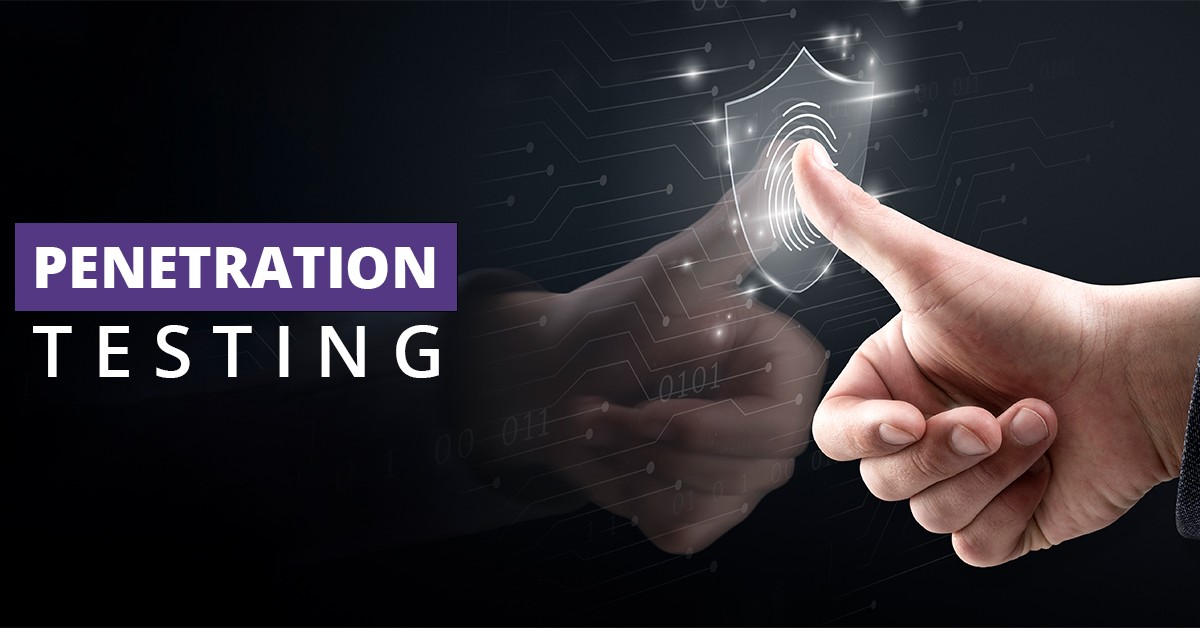Trends in penetration testing remains a cornerstone of cybersecurity, safeguarding systems from malicious attacks. Historically, testers relied on manual methods to uncover vulnerabilities. Today, technology transforms this landscape dramatically. Emerging trends in penetration testing, particularly AI and automation, revolutionize how we secure digital assets. These innovations promise faster, smarter, and more accurate testing. This article explores how AI and automation reshape penetration testing. It analyzes current trends and offers a forward-looking perspective on security testing’s future.
Emerging Trends in Penetration Testing. Why does this matter? Cyber threats evolve rapidly, demanding proactive defenses. AI and automation meet this challenge head-on. They enhance efficiency and predict risks, empowering organizations to stay ahead. Let’s dive into these game-changing trends.
The Role of AI in Penetration Testing
Emerging Trends in Penetration Testing: AI brings unprecedented power to penetration testing. It processes massive datasets, learns patterns, and adapts quickly. This capability makes it a vital ally for cybersecurity experts.
Automating Vulnerability Detection
Trends in penetration testing, AI excels at automating vulnerability detection, a core aspect of penetration testing. Traditional methods required tedious manual scans. Now, AI-driven tools analyze code and networks swiftly. They pinpoint weaknesses with precision, reducing human oversight. For example, AI can detect misconfigurations or outdated software instantly. This speed proves critical in fast-paced environments.
Moreover, AI minimizes errors that plague manual efforts. Tools like these scan systems continuously, offering real-time insights. Organizations benefit from stronger defenses as a result. Curious about how we implement this? Check out our penetration testing services for more details.
Penetration Testing for Compliance (PCI DSS,HIPAA, etc.)
Predictive Analytics for Attack Vectors
AI doesn’t just find vulnerabilities—it predicts where attacks might strike. Using historical data, it identifies likely targets. This predictive power shifts testing from reactive to proactive. For instance, AI might flag a weak API based on past breaches. Security teams can then reinforce it before exploitation.
This trend in penetration testing saves time and resources. It also aligns with the growing complexity of cyber threats. A Forrester report predicts AI will dominate cybersecurity strategies by 2025. Proactive testing, powered by AI, becomes the new standard.
Automation in Penetration Testing
Automation pairs seamlessly with AI, amplifying its impact. It handles repetitive tasks, freeing experts for strategic work. This duo drives efficiency and consistency in security testing.
Streamlining Testing Processes
Automation simplifies penetration testing significantly. Tools now scan systems, simulate attacks, and generate reports automatically. This eliminates grunt work for testers. Instead, they focus on interpreting results and crafting solutions. Automated scans cover every entry point tirelessly.
This trend benefits organizations with limited resources. Small businesses, for example, gain access to robust testing. Automation ensures thoroughness without draining budgets. It’s a practical evolution in the field.
Enhancing Accuracy and Efficiency
Accuracy defines automation’s value in penetration testing. Unlike humans, automated tools don’t tire or miss details. They execute tests with surgical precision every time. This reliability strengthens security outcomes.
Efficiency also soars with automation. Tests that once took days now finish in hours. Frequent assessments become feasible, keeping pace with emerging threats. A Gartner study notes automation cuts testing time by 30%. That’s a game-changer for proactive cybersecurity.
Future Outlook for Security Testing
The future of penetration testing hinges on AI and automation. These trends will deepen, reshaping the industry. Let’s explore what lies ahead.
Evolving Trends in Penetration Testing: AI and Automation
AI will grow more sophisticated, simulating complex attacks dynamically. Imagine tools that mimic nation-state hackers in real-time. Automation, too, will evolve. Self-learning systems could refine their methods independently. These advancements promise smarter, faster testing.
Integration will also increase. AI and automation will merge with other technologies, like machine learning. This synergy will uncover subtle vulnerabilities traditional methods miss. The result? A more resilient security landscape.
Impact on the Security Testing Landscape
These trends democratize penetration testing. Small organizations, once priced out, can now adopt advanced tools. AI and automation lower the entry barrier significantly. This levels the playing field against cybercrime.
For professionals, roles will shift. Testers will oversee AI systems rather than conduct manual scans. Their expertise will focus on strategy and innovation. This evolution demands adaptability but offers exciting opportunities.
External forecasts support this vision. A Cybersecurity Ventures study predicts AI-driven security spending will hit $40 billion by 2026. Penetration testing will lead this charge, securing a tech-driven future.
Conclusion
Emerging trends in penetration testing, like AI and automation, redefine cybersecurity. They deliver speed, precision, and predictive power to an essential practice. AI automates detection and anticipates threats effectively. Automation streamlines processes and boosts accuracy effortlessly. Together, they forge a proactive approach to security testing.
Looking ahead, these technologies will dominate the field. They’ll empower organizations of all sizes to protect themselves. Staying updated with these trends isn’t optional—it’s vital. As cyber threats grow, so must our defenses. Embracing AI and automation ensures a safer digital world.



No responses yet